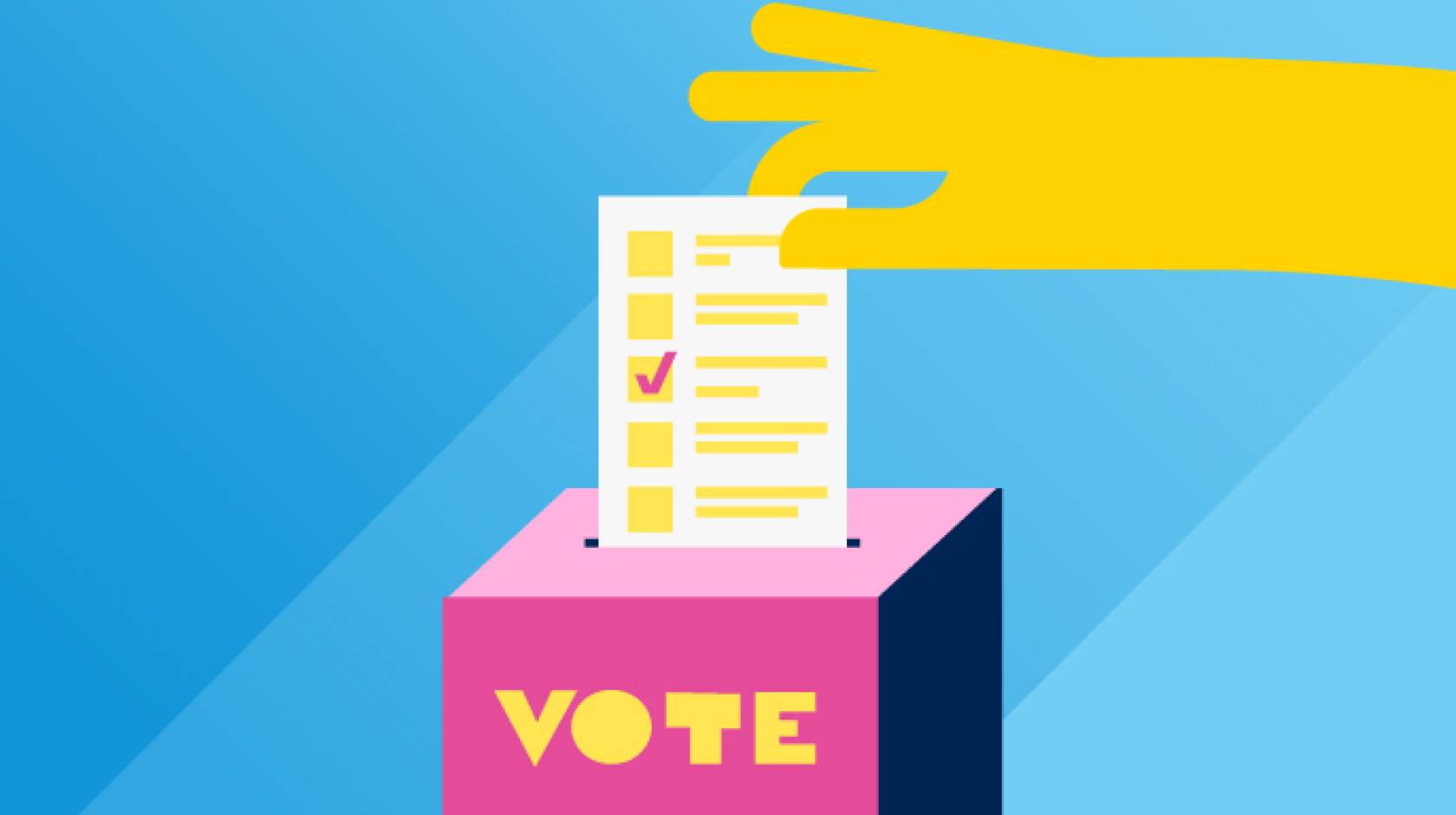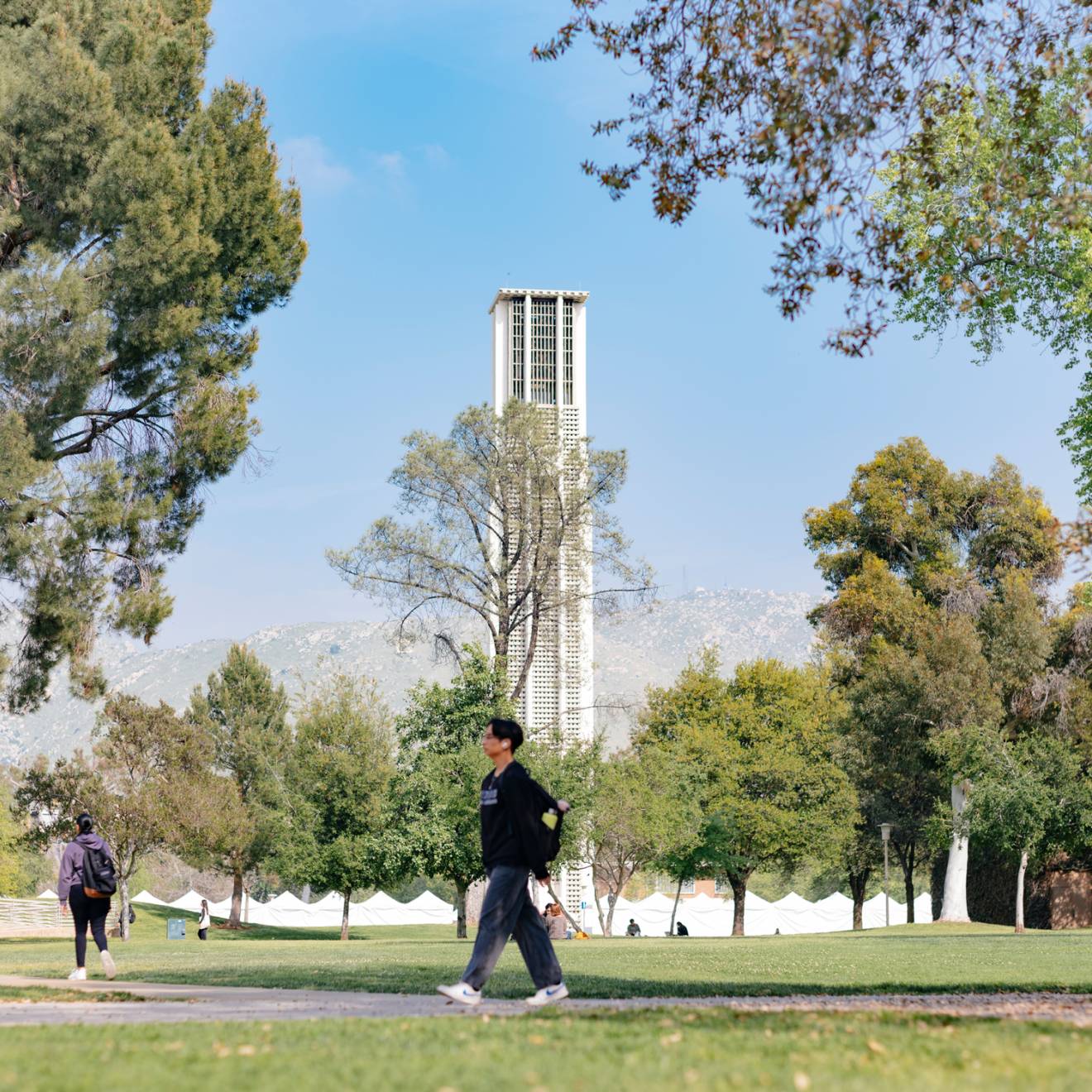Nicole Freeling, UC Newsroom

The pandemic has transformed just about every aspect of our lives, from how we live, work and study to how we cast our ballots. But while voting may be a little different this year, it’s just as important as ever.
The good news: California has implemented a host of measures so citizens can securely cast their ballots. These measures don’t only make voting safer, they make it easier and more convenient, too.
Here is what’s new this year:
1. Everyone has the option to vote by mail
Starting October 5, California voters will receive a mail-in ballot at the address where they’re registered. Simply fill it out, sign it, date it and drop it in the mail (no postage required). You may also return it at an official ballot drop box or polling location — or opt not to use it and cast your vote in person at the polls.
2. You can track your ballot
Find out when your mail-in ballot has been received by elections officials and — best of all — when it’s been counted with California’s new ballot tracker. The tool also enables election officials to follow up and correct any issues that might prevent a ballot from being counted.
3. Rules have changed to account for mail delays
Mail-in ballots have to be postmarked by Nov. 3, Election Day — but will have up to 17 days to arrive at elections offices. That doesn’t mean you should wait until the last minute. You can return your ballot as soon as it gets to you — which could be as soon as the first week of October (you may already have it!)
4. You can — and should — vote early
Voting experts at a recent UC panel shared a key message: Vote early!
To eliminate long lines at the polls, many California precincts are allowing voters to cast their ballots in person as early as Saturday, Oct. 31, four days before Election Day — and even earlier in some places. (Check the rules for your precinct.) Those voting by mail should try to complete their ballot as quickly as possible. “The minute you’ve made your choices, that’s when you should return your ballot,” said UC Irvine elections expert Rick Hasen.
5. You can register on Election Day
It takes just five minutes to register, and you can do so online through October 19. But for those who miss the deadline, election officials have added a backup option. Eligible voters can go to their local polling place on Election Day, fill out a same-day voter registration form and cast a provisional ballot. Your vote will still be counted once officials have confirmed your eligibility to vote.
6. There will be new protocols at the polls
Masks will be required at the polls, as will a social distance of six feet or more both in line and at polling stations. That may make lines especially long, so consider bringing reading material and packing a lunch — or choosing another option, such as mail-in voting. Double-check your polling location before you head out, in case of last minute changes.
7. There will be vote centers on most UC campuses
California has created upgraded polling places, known as vote centers, which offer an expanded array of services. These centers, which can be used by voters registered anywhere in the county, are open for voting from as early as 11 days before the election. They also provide streamlined services for last-minute registration or changes to a voter’s address. This year, for the first time, there are vote centers on many UC campuses. Check if there is one near you.
8. We probably won’t know the winner on election night
We get it: Everyone’s eager to learn the results. But with so many people voting by mail, together with predicted high turnout and a shortage of poll workers, a final tally may be slow in coming. And a fair election may hinge on our ability to wait. “Results change,” Hasen cautioned. “If it’s close, people are going to need to have patience and to follow official sources of information.”
The voting process can be confusing even in a typical election — and this year’s contest is anything but. Here are some pro tips to keep in mind:
Confirm your registration
Check the address where you’re registered to make sure it’s a place you can receive your vote-by-mail ballot or get to your assigned polling place. This is especially important for people who have recently moved, such as college students who returned home during the pandemic.
Follow official information sources
Election officials have seen historic levels of misinformation about the voting process this election, according to James Schwab, California Chief Deputy Secretary of State, a graduate of UC Davis. His advice: follow official sources such as your secretary of state, county elections offices and reputable news outlets, and be wary of what you learn on social media.
Don’t forget to sign and date your mail-in ballot
If you vote by mail, make sure you’ve signed the envelope. where required before turning your ballot in. Missing signatures are one of the biggest reasons ballots are rejected. (The other is that ballots arrive late — another reason to track yours and turn it in quickly.)
Vote down the ballot
Don’t just pay attention to the top of the ticket. The ballot is full of local candidates and ballot measures that will have an immediate impact on your community — and a handful of votes often makes the difference in the outcome. Get tips for tackling the ballot.

